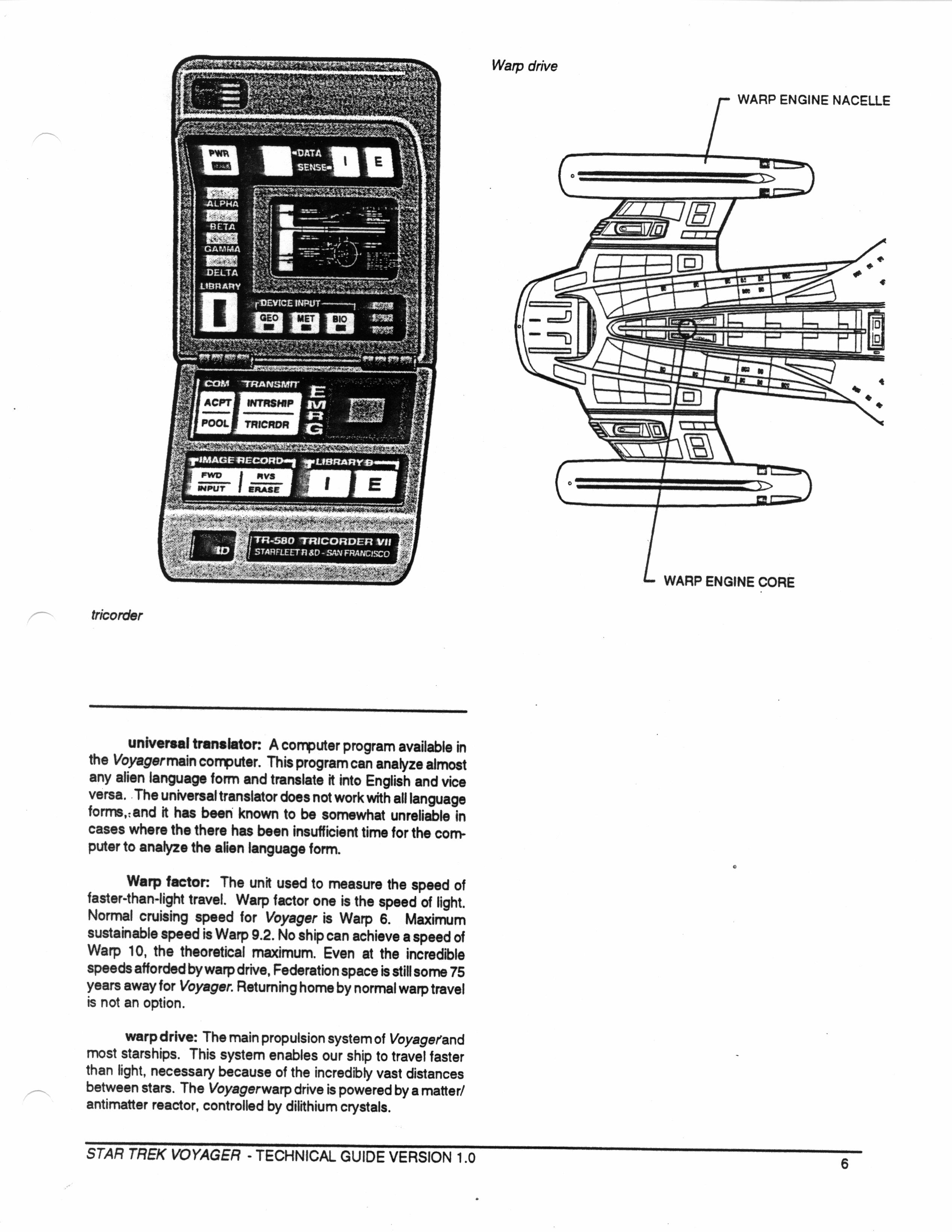Doing another Voyager rewatch and something caught my eye that I hadn’t noticed before.
From season 7’s 22nd episode Homestead the writers forgot what year the show was set in. Even contradicting themselves within the same episode.
In the opening of the episode they are celebrating the 315th anniversary of first contact on Earth. So this puts the date at April 5th 2378. However season 7 is set in 2377 with a stardate given during the same episode of 54868.6. Or November 14th 2377. Which being at the end of season would be correct.
Even Memory Alpha lists the wrong year the episode is set in despite having the correct stardate shown.
The in-universe dates for the penultimate and final episodes are also wrong on Memory Alpha.
Renaissance Man takes place on stardate 54890.7 (November 22nd 2377) but is listed as 2378.
Also Endgame is set on December 22nd 2377 and is the day Voyager returns home. Again Memory Alpha says 2378.
It seems someone at Memory Alpha worked out the date first contact day was in Homestead and just went with that instead of converting the star dates to normal calendar dates.
I know it’s a bit of a nitpick but small errors like this bug me.
Trek tends to fudge the dates on purpose. It’s supposed to take place In The Future, and you’re supposed to be thinking about whatever philosophical concept the episode is about, not the exact timeline of events. From Wikipedia: “stardates were originally intended to avoid specifying exactly when Star Trek takes place.” I hate linking to Fandom wiki pages, but I’ll say the page on stardates goes on at length about how inconsistent Trek time is.
Jumping around within a single episode is a little funny, but doesn’t surprise me. Some writers try to be consistent, but maybe only for a few connected episodes, and some don’t try at all. Sometimes a character will die, but an earlier episode or a flashback with a clearly later stardate will see them alive. There’s all kinds of technobabble about where they are in the universe, and light speed relativity, and so on, but at the end of the day the show isn’t trying to hide any serious messages in its timeline so long as the story of the episode makes some level of sense.
They’ve never been consistent in how stardates work and only really just try to make sure they run in a chronological (if inconsistent) order. I’d wave off exact translations of stardates for this reason.
But also allow for human error. I know an event which miscalculated how long they’ve been running based on failing to understand how anniversaries work, and thus have put out a whole lot of material stating they started running a year earlier than they actually did. They could have checked the archives, but didn’t.
Given how Trek is about the human condition, I think character’s messing up basic facts is as good a canon fix as “The Doctor lies” is for Dr Who.
Stardates have been very consistent since TNG with each season being one year starting with stardates beginning 41xxx being in 2364 with Encounter at Farpoint. Then dates starting 42xxx being 2365 and so on so the further through the seasons you go the stardates move up consistently.
And within each season the third, fourth and fifth digits also increase consistently as they progress through a calendar year.
It’s the writers not keeping track of what happened on particular stardates that’s the problem and with well known fan databases like Memory Alpha also making mistakes like stating stardates beginning 54xxx are 2378 when in fact they are 2377.
If the writers wanted to make these things consistent in the case of Homestead for example as it had already been established in First Contact when first contact was they could still have had the party but made something like Zefram Cochranes birthday.
These are the kind of things I notice when watching Star Trek. I tend to spot the continuity and filming mistakes but rather the in-universe plot holes.
Like when an episode makes a big deal about having to go AROUND something they forget they’re in space and could just as easily go above or underneath it instead.
Or the big plot hole in Voyager.
They say it would take 75 years to get home at maximum speed. But at warp 9.975 it would only take a little under 15 years and as we know from when Paris is being flown to the ship Lt Stadi states the ship has a “sustainable cruise velocity of warp factor 9.975”.
These things bug me. They don’t annoy me, just a few niggles I have.
Wait, does that mean that the earliest stardate they can reference only goes back to 2323?
00:00 on January 1st 2323 is stardate 00000.0
Before that they would be using the 4 digit dates that were used in the Original Series similar to how the warp scale was updated.
Maximum warp is not maximum cruising speed, even negating the need to refuel.
It is said in the pilot that their top speed and sustainable cruise velocity is warp 9.975.
At that speed 75,000 light years would take 14 years 7 months. Even stopping for fuel and maintenance every 5,000 light years would probably only add a year or two.
Even warp just 8 would be 73 years 3 months.
The Enterprise G could cover it just 2 years 4 months.
Whatever they said, Warp 9.975 is NOT the maximum sustainable speed of an Intrepid-class starship. It’s the maximum possible speed… for a few hour at best, before the warp core needs to be powered down to prevent everything from melting.
It’s not a stretch to assume that the initial 75-year estimate was based on average sustainable speed and taking into account time needed to stop, refuel, maintain, repair, etc. Over that long a time, it wouldn’t be enough to just pour more deuterium into it. Most of the warp engine would have to be rebuilt or replaced.
Also, the computer was struggling to figure out exactly where they were, so it might have been off by a few years at first. When Seven built astrometrics, they immediately updated their ETA.

On-screen dialogue is cannon which states repeatedly that Voyagers maximum speed is warp 9.975. For how interesting these tech manuals are they aren’t considered cannon.
However I had no idea there was a Voyager technical manual. Do you have a link to the whole thing?
Google Lens turned up this: https://www.cygnus-x1.net/links/lcars/star-trek-voyager-technical-manual.php
So the writers had a manual their disposal and still managed to make a shocking number of mistakes.
Voyager fucked with the time line so much, they actually fucked up the timeline in real life.
Not in real life, but there’s no way that all the Temporal Incursions ™ in Voyager wouldn’t have had dates slipping a bit back and forth.
I’m so very glad that SNW took an episode to clarify what’s been lurking in the background as ‘inconsistencies’ ever since Roddenberry took the decision to move WW3 back a half century in TNG ‘Encounter at Farpoint.’ Makes better physics sense too.







